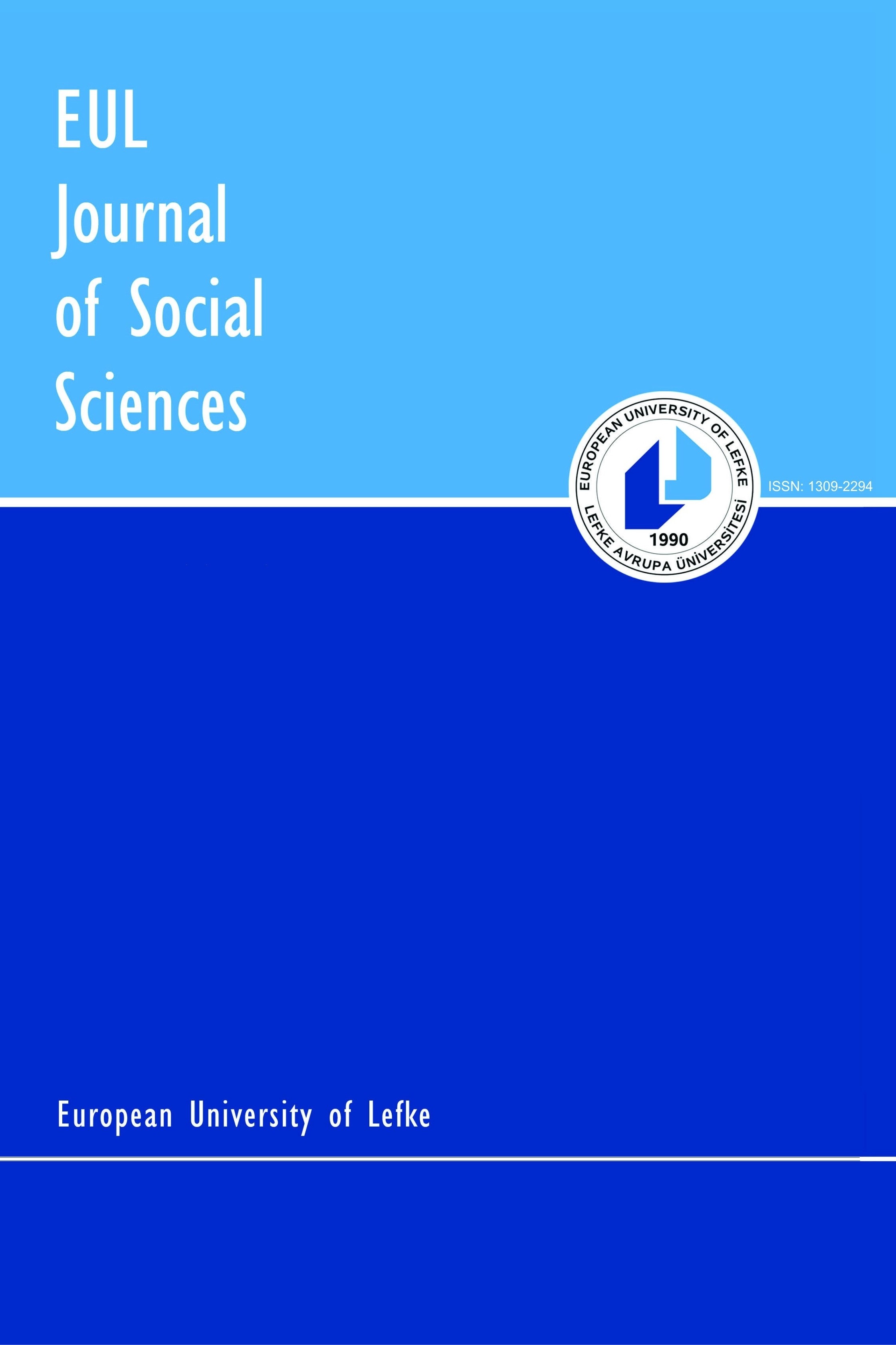English for Specific Purposes
Bu araştırma, özel amaçlı İngilizce (ESP) terimini tanımlamaya çalışmaktadır. Ayrıca, bu araştırmada, özel amaçlı İngilizce öğretiminin tarihi alt yapısı, tipik özellikleri, genel İngilizce ile özel amaçlı İngilizce öğretimi arasındaki genel farklar ortaya konulmaktadır. Ayrıca, özel amaçlı İngilizce veren öğretmenlerin öneminden bahsedilecektir. Son olarak ise ihtiyaç analizi’nin ne olduğundan ve öneminden bahsedilecektir. Son derece açıkdır ki, özel amaçlı İngilizce öğretimi ile genel İngilizce öğretimi arasında dilsel gelişimler, öğretim metodları ve teknikleri bakımından pek çok ortak nokta bulunmasına rağmen, özel amaçlı İngilizce öğreten öğretmeni, genel İngilizce öğreten meslektaşından ayıran unsur, belli bir mesleğe yönelik olan dilsel ihtiyaçların ve bunların saiklerinin (sebeplerinin) sınıfa uyarlanmasıdır. Ayrıca, bu çalışma, özel amaçlı İngilizce’nin türlerini, ihtiyaç analizinin önemini ve hedef durum analizi ile mevcut durum analizinin ne olduğunu ortaya koymaktadır. Bunlara ek olarak, bu çalışmada, özel amaçlı İngilizce veren öğretmenlerin öneminden ve üslendikleri rollerden de bahsedilecektir
Anahtar Kelimeler:
Özel amaçlı İngilizce, genel İngilizce, Akademik amaçlı İngilizce, özel amaçlar, ihtiyaç analizi
___
- Anthony, http://www.antlab.sci.waseda.ac.jp/abstracts/ESParticle.html (12.06.2012) “ESP: What does it mean?” (12, June )
- Brown, J. (1995), The elements of language curriculum: A systematic approach to program development. New York: Heinle & Heinle Publishers.
- Canale, M., & Swain, M. (1980), Theoretical bases of communicative approaches to second language teaching and testing. Applied Linguistics 1: 1-47.
- Carter, D. (1983), “Some Propositions about ESP”, The ESP Journal, 2:131-137.
- Carver, D. (1983), “Some propositions about ESP”, English for Specific Purposes, 2: 131
- Chambers, F. A. (1980), “Re-evaluation of needs analysis in ESP”, ESP Journal, 1(1).
- Dudley-Evans, T., & St John, M. (1998), Developments in ESP: A multi-disciplinary approach. Cambridge: Cambridge University Press.
- El-Minyawi,R. (1984), The development of ESP Materials with Reference to Students of
- Home Economics, Unpublished M.A. Thesis, Faculty of Education- Ain Shams University. Hutchinson, T., & Waters, A. (1987), English for Specific Purposes: A learning-centered approach. Cambridge: Cambridge University Press.
- Johns, A. M. (1991), English for specific purposes (ESP): Its history and contributions. In
- M. Celce-Murcia (Ed.), Teaching English as a second or foreign language (2nd ed., pp. 67- ). New York: Newbury House. Jordan, J. J. (1997). English for academic purposes: A guide and resource book for teachers. Cambridge: Cambridge University Press.
- M.M. Al-Humaidi. English for Specific Purposes: Review of the Literature. http://faculty.ksu.edu.sa/alhumaidi/Publications/English%20for%20Specific%20Purposes% Review%20of%20Literature.pdf, 21 November 2012
- Mackay, R. and Mountford, A. (eds.) (1978), English for Specific Purposes. London: Longman.
- Munby, J. (1978), Communicative syllabus design. London: Cambridge University Press.
- Perren, G. (1974), Forward in Teaching languages to Adults for Special Purposes. CILT
- Reports and Papers, 11, London. Richards, J. C (2001), Curriculum Development in Language Teaching. Cambridge:
- Cambridge University Press Richterich, R., & Chancerel, J.L. (1980), Identifying the needs of Adults Learning a
- Foreign Language. Oxford: Pergamon Press. Robinson, P. (1991), ESP today: a Practitioner's Guide. Hemel Hemstead: Prentice Hall.
- Soriano, F. I. (1995), Conducting needs assessments: A multidisciplinary approach,
- University of Michigan, School of Social Work Thousand Oaks, Sage Publications. Tarone E., G. Yule (1989), Focus on the Language Learner. Approaches to Identifying and Meeting the Needs of Second Language Learners: Oxford University Press.
- West, R. (1994), Needs analysis in language teaching, Language Teaching, 27(1), 1-19.
- Witkin, B. R. , & Altschuld, J. W. (1995), Planning and conducting needs assessments:
- ISSN: 1309-2294
- Yayın Aralığı: Yılda 2 Sayı
- Başlangıç: 2010
- Yayıncı: Lefke Avrupa Üniversitesi
